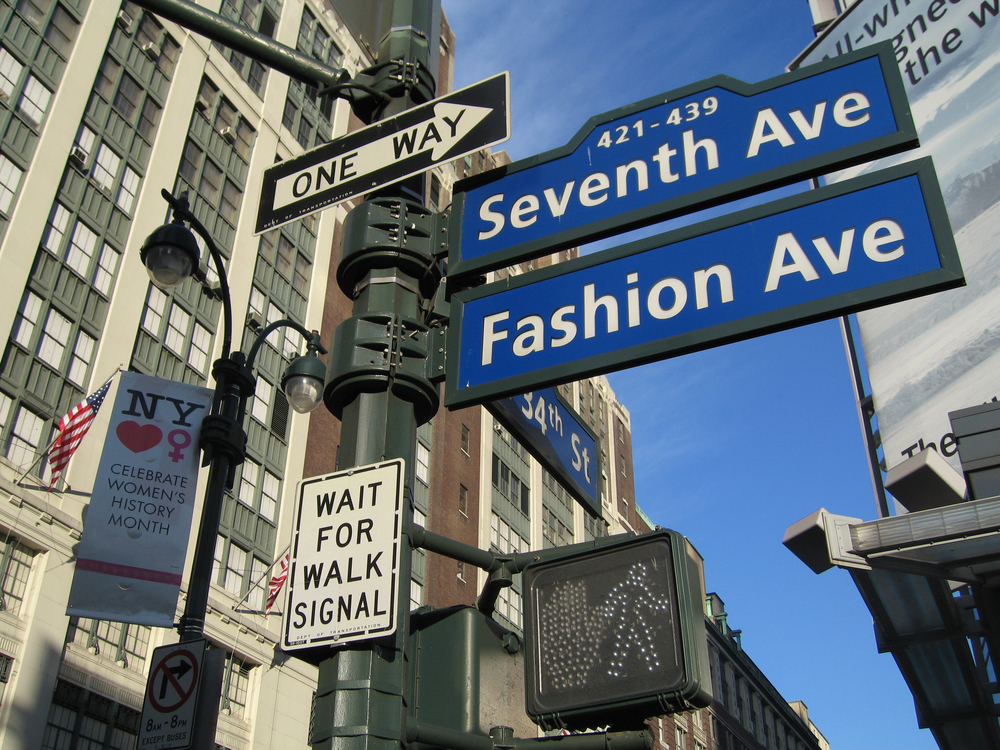Islamic modest fashion taking share in the $6.9 billion U.S. apparel market
With the success of several Islamic modest fashion brands such as Artizara and Alsharifa in the United States, and the entrance of mainstream players like DKNY and Tommy Hilfiger into the market, what are the opportunities for new players to meet the demand for Islamic modest fashion in the U.S.?
| YOUR PAIN POINTS ADDRESSED | ASK YOURSELF | |
|
Scenario: You are looking to launch a modest fashion brand targeting the U.S. Muslim market—how attractive is the opportunity? |
What are the opportunities to launch a modest fashion brand in the United States? |
What are the size and growth dynamics of the U.S. fashion market, and who are the notable key players? |
| What is the potential opportunity for the Muslim market, and who are the notable players currently? | ||
| What are some of the key considerations and challenges in addressing this opportunity? | ||
GLOBAL FASHION LEADER
The fashion industry in the U.S. is highly fragmented across key segments of the value chain. The leading apparel brands include VF Corporation, Ralph Lauren, and Michael Kors.
VF Corporation is the largest apparel manufacturer in the United States, with revenues of $12.3 billion in 2015. It owns a range of top brands, including Nautical, Republic, and Wrangler and is also one of the leading players in the world, with a 0.5 percent share of the global apparel manufacturing market, according to IBIS World, third-largest after Kering (0.8 percent share) and Moët Hennessy Louis Vuitton (0.6 percent).
Other top brand manufacturers include Ralph Lauren, which had revenues of over $7.6 billion in 2015, and Michael Kors, which earned $4.4 billion in revenue in the same year.
Gap is the leading brand retailer in the United States and is the parent brand of Old Navy. Gap raked in revenues of $16.4 billion in 2015.
Macy’s and Kohl’s are two of the largest clothing department stores in the country and have developed omnichannel retailing, which allows customers to shop seamlessly online and in-store. Macy’s and Kohl’s reached $28 billion and $19 billion in revenue respectively in 2015.
In early August this year, Macy’s, the country’s largest department store, announced that it was shuttering 100 of its stores nationwide by early 2017, saying that they were more valuable as real estate properties.
U.S. APPAREL RETAIL INDUSTRY VITAL STATS |
U.S. RETAIL E-COMMERCE |
|
|
MUSLIM OPPORTUNITY
In a 2014 survey by DinarStandard on Muslims in the U.S., 59 percent of respondents indicated that they wanted products to be better tailored to meet Muslim values. There is, hence, substantial demand for modest clothing.
The Internet is a key purchasing channel, especially for millennials. The 2014 survey found that approximately 15 percent of respondents purchased clothing online, and less than 5 percent bought from brick and mortar “halal” stores.
To address this Muslim demand for modest clothing, a number of retailers have emerged. Artizara, Alsharifa and TheHijabStore.com represent the leading Islamic modest fashion e-commerce sites in the United States.
U.S. MUSLIM POPULATION |
U.S. MUSLIMS SPEND ON CLOTHING |
(Source: Pew Research Center) |
|
Artizara, founded in 2002, offers men’s, women’s, and children’s clothing.
Alsharifa, founded in 2006, specializes in modest sportswear and swimwear for women.
TheHijabStore.com, which was founded in 2006, is a general e-commerce site that sells multiple brands for modest women’s clothing.
In addition to these dedicated modest clothing e-retailers are emerging retail brands including Veil and 5ivePillars.
Veil, which was founded in 2015 and raised close to $40,000 in a Kickstarter campaign, recently launched its “Cool-Dry” hijabs, which are waterproof and heat resistant.
5ivePillars was founded in 2012, and offers Western contemporary streetwear with Eastern art through modest fashion.
Outside the dedicated modest clothing sector, mainstream brands, including DKNY and Tommy Hilfiger, have also entered the market in the U.S.
Mainstream players are beginning to tap the market. DKNY revealed a collection in Ramadan 2014 and teamed up with UAE designers Yalda Golshari and Tamara Al-Gannani.
Tommy Hilfiger launched a modest fashion collection in June 2015, and Uniqlo launched a modest-fashion line with designer Hana Tajima that was featured in the United States in 2016.
CHALLENGES AND CONSIDERATIONS
One of the major considerations regarding U.S. modest fashion is differentiating one’s brand amid increasing competition in the market, not because of the entry of mainstream fashion companies, but the increasing number of leading modest fashion companies in Europe and the Middle East gaining traction in the U.S. through online sales.
Of special note is Turkey’s fast-growing popular e-commerce retailer Modanisa, which has begun offering free shipping to the U.S. and providing critical access to the consumer in the U.S.
Such competition necessitates careful research; even though there is substantial unmet demand for modest clothing in the U.S., there are low barriers to entry to compete in this market. Providing innovative products, such as Veil’s climate-adapting hijab, or addressing functional needs, such as modest swimwear, will help differentiate new products and gain market traction.
Furthermore, the U.S. is home to leading venture capital investors and incubation firms, and they have shown an interest in modest fashion. A case in point is the investment by Silicon Valley–based 500 Startups and Fenox Venture Capital in Indonesian modest fashion company HijUp. However, critical to such success is demonstrating demand for the product and the ability to develop a loyal social media following.
| RECOMMENDED ROADMAP |
| Differentiate: Be innovative and address unmet needs in the U.S. market. |
| Build a loyal online following: Leverage Twitter, Facebook, and other social media platforms to build a loyal following and prove your value. |
| Proactively seek funding: U.S. investors have shown willingness to invest in modest fashion. Build your business plan and start the investor discovery process early. |
© SalaamGateway.com 2016

Yasir Malik, Senior Analyst, DinarStandard